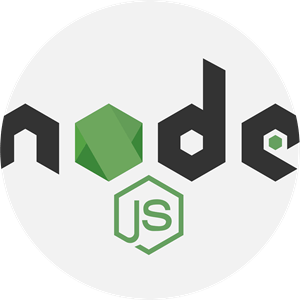DevOps




Full Stack






I am Marwane, an IT enthusiast, with a genuine passion for exploring the dynamic world of information technology. My fascination with IT goes beyond mere professional interest; it's a personal drive that fuels my continuous learning and exploration in this ever-evolving field. I am dedicated to leveraging technology to solve challenges and contribute to the exciting advancements within the IT landscape. Let's connect and delve into the limitless possibilities that IT has to offer.


























O
Proficient in identifying and mitigating web application vulnerabilities, both using manual processes that involve auditing Javascript source codes, HTTP requests and leveraging browser dev tools & automatically by making frameworks and workflows.
I have successfully identified and remediated numerous web vulnerabilities in high-profile corporate websites, such as:
Impact?:
In XSS attacks, an attacker injects malicious JavaScript scripts, into web pages that are then viewed by other users. These scripts execute in the context of the victim's browser, allowing the attacker to steal sensitive information, take-over user account, manipulate user sessions, deface websites, or launch other malicious activities.
How I found it?:
One of my automated frameworks crawled Microsoft website as a regular user and identifying injection points and user inputs, by manipulating those using sophisticated payloads, the XSS was triggered. Workflow then saved the vulnerability endpoint and other logs to my Server.
How to mitigate it?
Developpers when making web apps, should never trust user inputs. Always validate and sanitize user inputs on both client and server sides. Implement output encoding techniques. Employ Content Security Policy (CSP).
Impact?:This happens when you escalate XSS to get user cookies and session ID, and thus be able to hijack and take over their account.
How I found it?:
This one was interesting because it needed thorough manual audit and review of Javascript source code, sending http requests and reviewing server responses, identifying their denfeses and RegEX filters to manipulate injected payloads accordingly to successfully bypass their WAF (Web Application Firewall: Cloudflare, Akamai)
How to mitigate it?
In addition to what is said above to mitigate XSS attacks. Devs should use httpOnly cookies to prevent access to cookies via JavaScript: HttpOnly cookies help protect sensitive session information from being accessed or manipulated in the event of an XSS attack. This is crucial for maintaining the integrity and security of user sessions.
Augue consectetur sed interdum imperdiet et ipsum. Mauris lorem tincidunt nullam amet leo Aenean ligula consequat consequat.
Augue consectetur sed interdum imperdiet et ipsum. Mauris lorem tincidunt nullam amet leo Aenean ligula consequat consequat.
Augue consectetur sed interdum imperdiet et ipsum. Mauris lorem tincidunt nullam amet leo Aenean ligula consequat consequat.
Augue consectetur sed interdum imperdiet et ipsum. Mauris lorem tincidunt nullam amet leo Aenean ligula consequat consequat.
Aliquam ut ex ut augue consectetur interdum endrerit imperdiet amet eleifend fringilla.